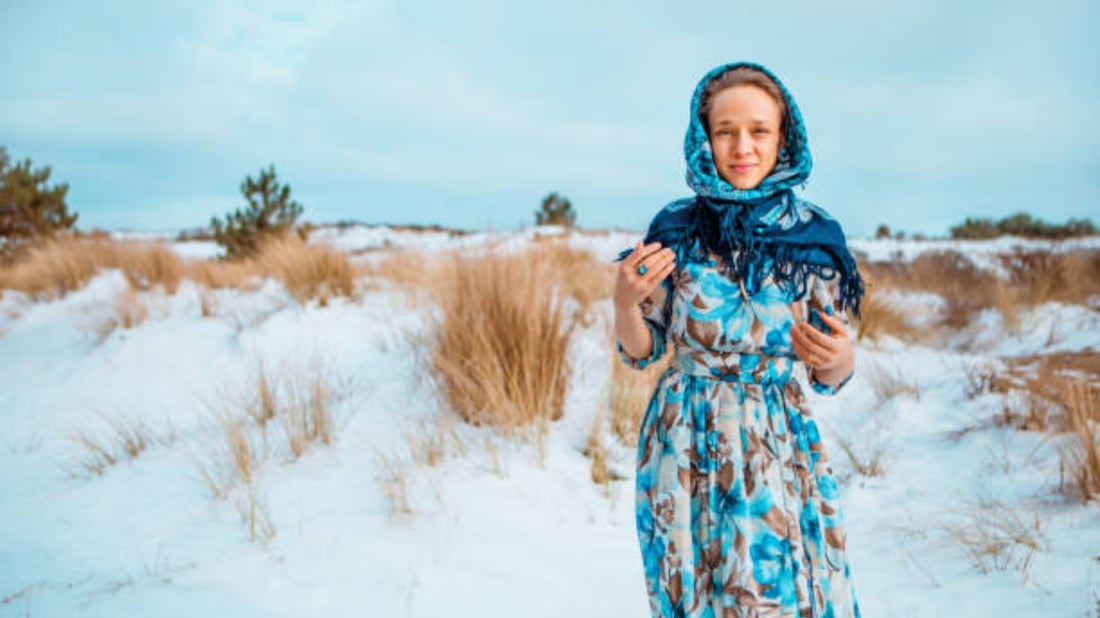The Origins of Knitwear
Human beings have been using animal fibers to make clothing for thousands of years. The process of interlocking loops of yarn to create a stretchy and comfortable fabric known as knitting dates back to ancient Egypt, Greece, and South America. However, knitting as a true trade skill only developed in Europe in the 16th century.
The Appeal of Knit Dresses
Knitwear provides a unique combination of comfort and style, making it a popular choice for all seasons and occasions. Knit dresses, in particular, have been popular for their flattering shapes, versatile designs, and easy care. They can be dressy or casual, plain or patterned, and can be worn alone or with layers.
The 1920s-30s: The Golden Age of Knit Dresses
In the 1920s and 1930s, knit dresses became all the rage among fashionable women. The flapper style, with its dropped waistline, loose fit, and short hemline, was perfect for highlighting the natural drape and movement of knit fabrics. Designers like Elsa Schiaparelli, Madeleine Vionnet, and Chanel introduced knitwear into the haute couture world, using fine wool, silk, and rayon yarns.
The 1940s-50s: Knit Dresses for the War Effort
During World War II, knitwear became a practical and patriotic choice for women. Knitting groups were formed to create blankets, socks, and other items for soldiers. Women's knit dresses in simple styles and durable materials were worn for work, leisure, and even for weddings. The postwar era saw a rise in the popularity of sweater dresses, made from cozy wool yarns and featuring bold patterns.
The 1960s-70s: Bohemian and Mod Styles
The 1960s brought a shift in fashion to more youthful, experimental, and informal styles. Knit dresses were no exception, with the rise of bohemian and mod fashions. Hippie chicks wore long, flowing, and colorful knit dresses made from natural fibers like cotton and wool. Modsters favored mini dresses in geometric patterns and bold colors, often paired with boots and tights.
The 1980s-90s: Glamorous and Sporty Knit Dresses
The 1980s and 1990s saw a revival of interest in knitwear, with designers like Jean-Paul Gaultier, Issey Miyake, and Donna Karan creating glamorous and sporty knit dresses in stretchy and lightweight fabrics. Bodycon dresses, maxi dresses, and sweater dresses became popular among fashion-conscious women who wanted to show off their curves and comfort at the same time.
The 2000s-Present: Sustainable and Artisanal Knit Dresses
In recent years, knit dresses have taken on a more sustainable and artisanal dimension, reflecting the growing interest in slow fashion and eco-friendly materials. Many designers and brands now use organic, recycled, or locally sourced yarns to create unique and ethical knit dresses. Knitting and crochet techniques are also being rediscovered as a form of artistic expression and community building.
Conclusion: Why Knit Dresses Are Always in Style
Knit dresses have been popular for centuries and will continue to be so for many reasons. Knitwear is comfortable, versatile, durable, and flattering to a variety of body types. Knitting is also a relaxing and creative pastime that can be passed down from generation to generation. So, whether you wear a vintage flapper dress, a trendy bodycon dress, or a handmade artisanal dress, you are part of a rich and colorful history of knitwear fashion.

